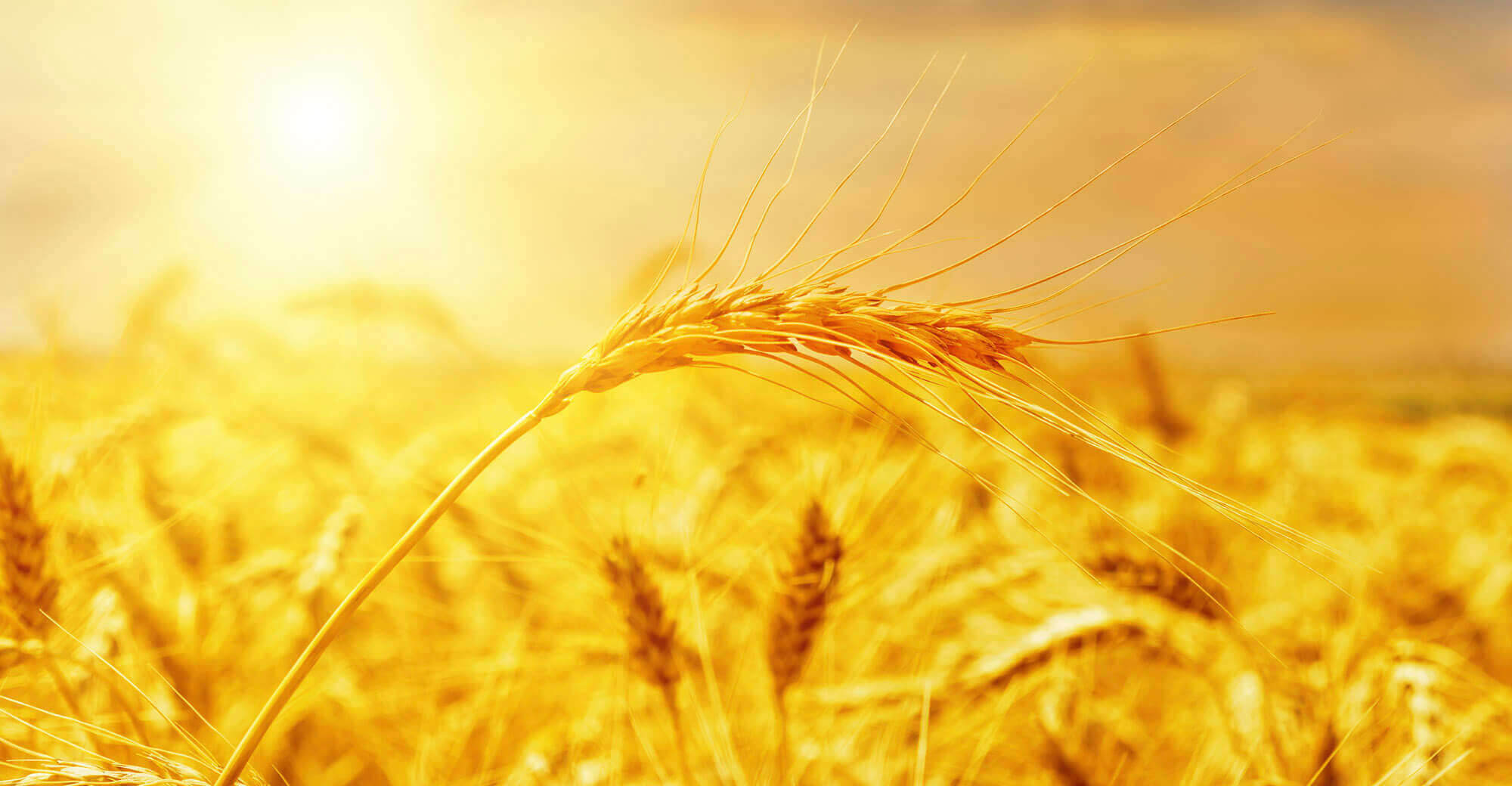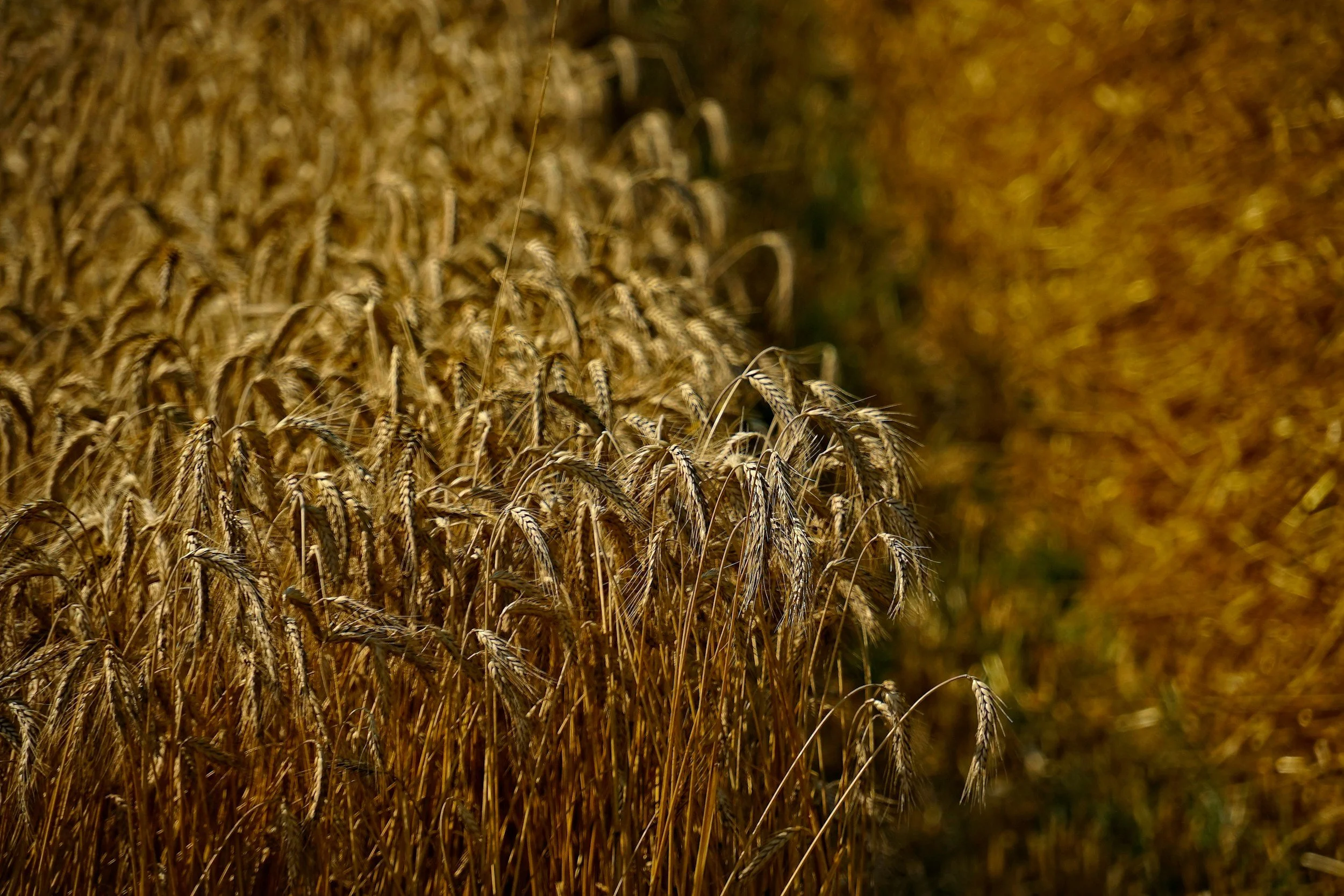
Crop Aid Foliar Fertilizers
Crop Aid Foliar Fertilizers are formulated to enhance and promote balanced, healthy plants while reducing abiotic stress.
Foliar feeding is also designed to supplement and maximize a standard fertilizer program.
PRODUCT SAFETY DATA SHEETS (2025):
How is it applied?
Apply Crop Aid Foliar Fertilizers directly onto plant foliage with conventional agricultural sprayers at 1 L/acre (34 US oz/acre). Can also be aerially applied. Crop Aid Foliar Fertilizers are safe to mix with most herbicides, fungicides, and insecticides.
Container size?
10L jugs (2.6 US gal)
500L totes (132 US gal)
1000L tote (264 US gal)
When to apply Crop Aid Foliar Fertilizer?
Cereal Crops
Should be treated between the 4-6 leaf stage and early heading/flowering.
Pulses and Canola
Should be treated from the 2-3 leaf stage up to early flowering/bolting.
Alfalfa, Pasture and Hayland
Should be treated when regrowth begins and/or after the first cut.

What is in Crop Aid Foliar Fertilizer?
Crop Aid Foliar Fertilizers are blended from high grade nutrients which contain the least amount of impurities. Both blends are fortified with plant-based amino acids and peptides.
We have 2 blends of Foliar Fertilizer:
Crop Aid Rebound 7-13-0-5
With Boron, Zinc (EDTA), Copper (EDTA), Molybdenum (EDTA), Manganese (EDTA), and Iron (EDTA)
Crop Aid React 4-3-6-10
With Boron, Zinc (EDTA), Copper (EDTA), Molybdenum (EDTA), and Manganese (EDTA)
Foliar Fertilizer Nutrition Information
Application of Crop Aid Foliar Fertilizer results in rapid absorption of important nutrients.
The applied nutrients are utilized by the plant to correct nutrient deficiencies during critical growth periods.
Foliar feeding has additional potential benefits that include:
Tests have shown that foliar feeding can be 8 to 20 times more effective than soil applied fertilizer.
As much as 90% of a foliar-fed solution can be utilized by the plant depending on the nutrient and conditions when spraying.
Combine the Foliar Fertilizers with the chemical application so it can be applied together in one application.
Meeting peak demand for important nutrients needed in critical growth stages to affect an immediate response in the plants.
Providing plants with certain macro/micronutrients that they may not be able to access from soil.
Giving flexibility to farmers and offer more opportunities to supply nutrients that will improve the crop and harvest quality.
Adding an additional source of nutrients during high-stress periods and when soil applications of nutrients are impractical.
It’s possible that in the case of some crops, nutrient application via foliar feeding will be both the more reliable and economical way to providing nutrients to the plants.
Environmental Factors
There are a variety of environmental considerations that can influence the effectiveness of foliar fertilizer application:
In a general sense, applications in the early morning or early evening will be the most effective.
For optimal absorption into the leaf, the ambient air temperature should be less than 27°C with high humidity conditions.
Crop Aid Foliar Fertilizer Facts
Low salt index.
Nutrients are in plant available forms (EDTA).
Compatible with most ag chemicals.
Easy to pump and handle.
Non-corrosive to equipment.
Easy to apply and cost effective
Benefits
Improves reproductive stage
Use of a liquid fertilizer via foliar application right before important plant reproductive growth stages can help compensate for environmental stressors due to lack of available nutrients in the soil or other adverse growth conditions.
Nutrient deficiency symptoms
The fast plant response to any foliar application of nutrients is one of the primary advantages of foliar feeding. Foliar nutrition can provide a quick boost when it’s needed most.
Increased absorption of other soil nutrients
Using foliar fertilizers can have a positive effect on a plant’s ability to pull other nutrients from the soil. This results in a higher metabolism and greater growth and yields.
Increased crop yields
During critical growth states an early application of foliar nutrition can ensure that a good crop grows even better. Foliar fertilizer can be used to stimulate vigorous growth to fully maximize production.
Plant function extension
Foliar feeding plants will help to maintain nutrient translocation supporting fruit, vegetable, or seed production.
In specific growth stages
Because plants require specific and precise amounts of nutrients during different stages of growth it can be difficult at times to control the soils nutrient balance at the right stages of development. Therefore, foliar applications of important nutrients during key growth stages are known to improve both quality and yield.
When should foliar feeding be used?
It’s recommended to use foliar feeding when there are known conditions in the immediate environment that may limit the root’s ability to uptake needed nutrients.
These conditions may include things like: soil pH that is either too high or too low, stressful plant temperatures, soil moisture that is either two high or too low, various root diseases, presence of pests in and around the plants that prevent nutrients from reaching the plant, soil nutrient imbalances, and more.






